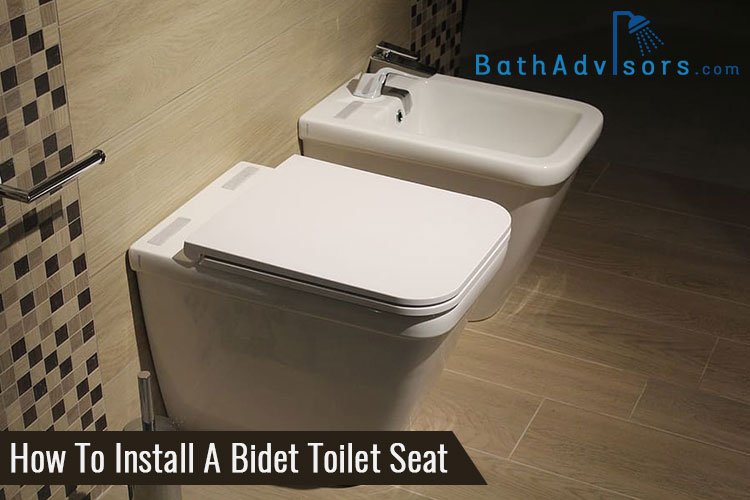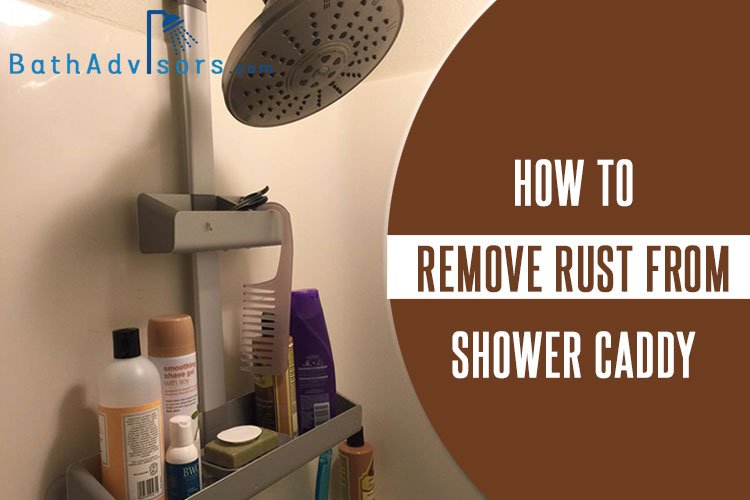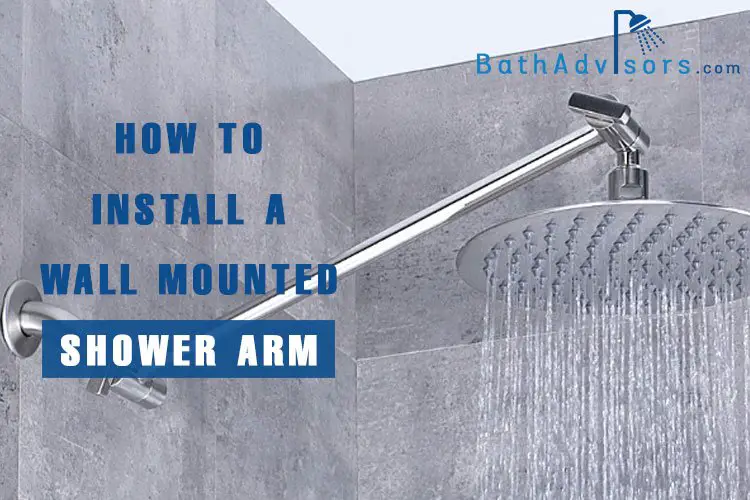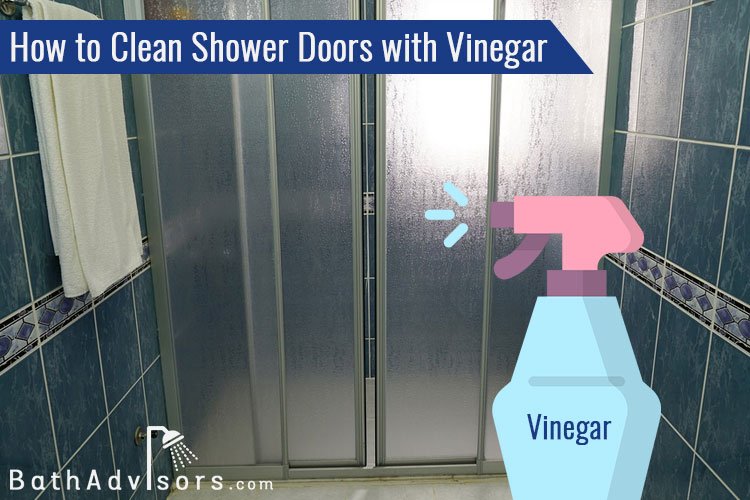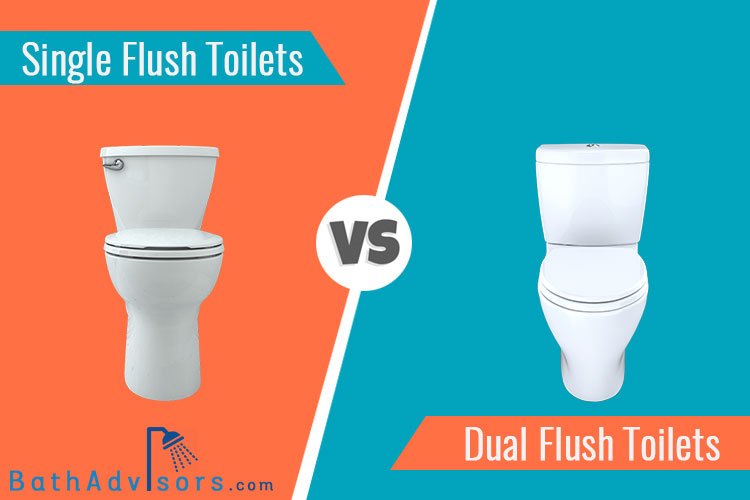Whether you watch a YouTube video or ask a plumber about freestanding tub installation, they’ll certainly suggest leaving some space between the tub and the wall.
Is keeping this distance really necessary? Won’t it make your bathroom even smaller if you install the bathtub at a distance? Well, you’ll find all the answers below in this article.

Read on to know how much space to keep between the tub and the wall.
Freestanding Tub Distance from Wall: The Exact Numbers
How far should a freestanding tub be from the wall? The freestanding tub minimum distance from the wall should be at least 15 inches. The maximum distance should be around 18-20 inches depending on the size of the bathroom.
Some people even prefer keeping a 1-foot room around a freestanding tub. However, this should only be the case if you have already installed tiles and do not need a vanity on the wall.
Why Leave Distance between the Wall and Freestanding Tub
Is it important to leave this distance, and what if you install the tub just against the wall with no space in-between? Here are a few reasons why leaving space between the tub’s rim and the wall is necessary.
1. It Lets You Install Tiles Around the Tub
If you are installing the freestanding tub in an alcove, it’s indispensable to leave some space. In addition, putting tiles around the tub is important to keep the walls clean, while it makes the bathroom look spick and span.
You should leave at least 15-18 inches of space between the tub and the wall if you want to install tiles without any difficulties.
2. Protects the Tub Edges from Damages
Even if you install the tub properly and caulk around it, there are chances that the bath will move when you get in and out. Having distance between the wall and the tub gives more room to the bathtub, and it does not bang into the wall.
Also, installing the tub gets easier, as you are putting it away from the wall, so the rims and edges do not get scratched or damaged.
3. Cleaning The Tub Surrounds Gets Easier
Moisture attracts mold, and it will surely thrive around the bathtub as the water splashes out a lot of times. Cleaning the tub surrounds gets really easier when there is some good space between the rims and the wall.
You can even put a floor cleaning brush with a long handle in this gap and clean the corners so that there is no odor or mold growth.
Should Every Type of Freestanding Tub Be at the Same Distance from the Wall?
I am sure you are curious to know about the types of tubs and the gap between freestanding tubs and walls. Well, it does not depend on the type of tub, and the distance should almost be the same.
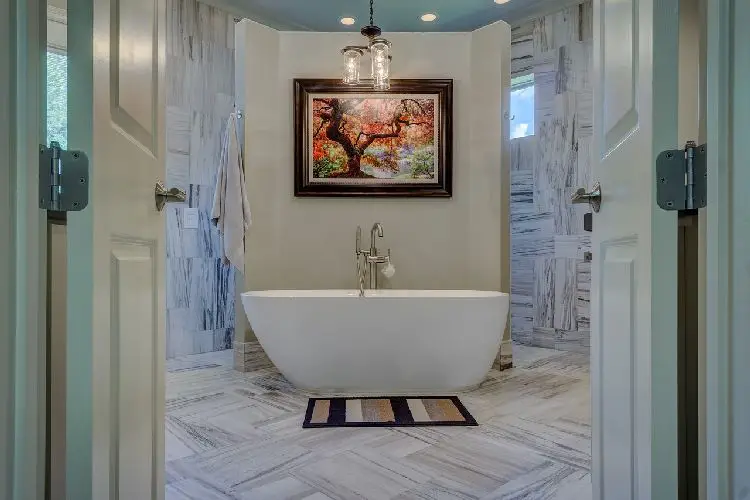
Whether you have a regular freestanding tub or a clawfoot, it should be placed at the same distance from the wall.
Tips to Measure the Distance
Tip 1:
Always measure from the tub’s rim and not the tub wall. Place the tub on the floor, and make sure it does not wobble. Level the tub if required because placing plastic shims under it may affect the distance.
Tip 2:
Consider the thickness of the tiles beforehand so that the distance between the tub and the wall remains enough for cleaning.
Some tiles are thick and require more sealant material to stick to the wall. If you have no idea about the thickness of the tiles, contacting a professional would be a good idea.
Tip 3:
Move the tub a bit when measuring the distance to know if it’ll hit the wall in case the caulking comes off in the future. Do not shake the tub vigorously, but move it slightly to get an idea of its movement.
FAQs
Q1: Can you put a Freestanding Tub against the Wall?
A1: No, a freestanding tub cannot be against the wall since the tub may get damaged, or you won’t be able to install the tiles. Always leave some distance in between the bath and the wall for proper installation.
Before installing the tub, ensure you have a specific location for the shower. Also, consider the location of bathtub accessories like freestanding tub fillers to make your bathroom look complete and have an amazing bathing experience.
Q2: Is it hard to Clean Around the Freestanding Tub?
A2: Cleaning around the tub gets easier when you have some space available. And if you are wondering how to clean around a freestanding bath, then it’s easy. Always rinse the tub surrounds and scrub them with a brush to prevent mold formation and foul odor.
Q3: How to ensure the Freestanding Tub does not Move from its Position?
A3: Install the tub properly, in the first place, and then caulk around it. Proper caulking is necessary to prevent the freestanding tub from moving and keeping it secure.
Q4: Do Freestanding Baths have Panels?
A4: No, these are stand-alone tubs and do not have panels. Don’t leave space for panels when installing the tub.
Q5: Does Installing a Tile under a Bathtub affect its Distance from the Wall?
A5: No, installing a tub over a tile does not affect its distance from the wall. However, it depends on the level of the wall.
Some walls in alcoves are not designed straight in order to fit the tub and keep the vanity closer to you. When installing a freestanding tub over a tile, you need to measure the height of the tub and then its level from the wall.
Final Thoughts
Now that you know the distance between the freestanding tub and the wall should be around 15-18 inches, it’s time to install the tub. Always have the installation manual handy, and know everything about the tub to install it properly.
If required, call a professional guy, and let him do the job for you, in case you have a jetted freestanding tub.


